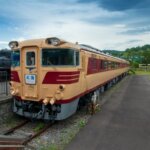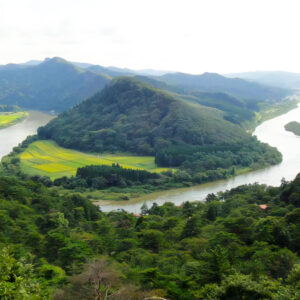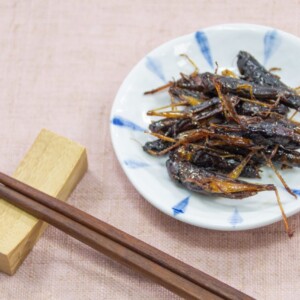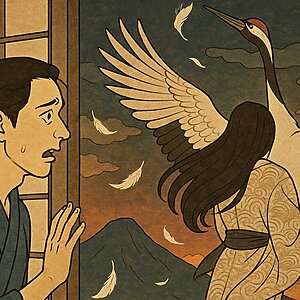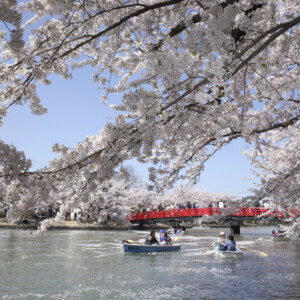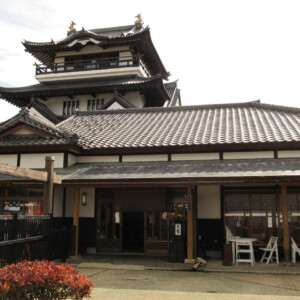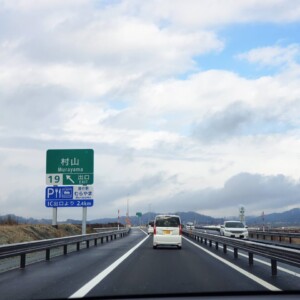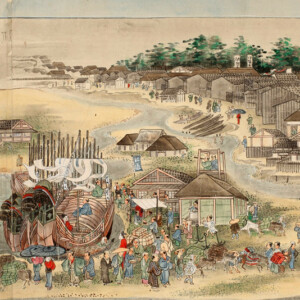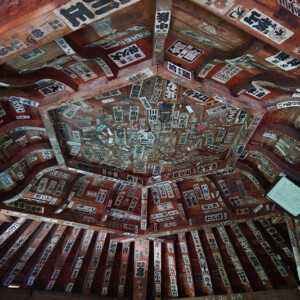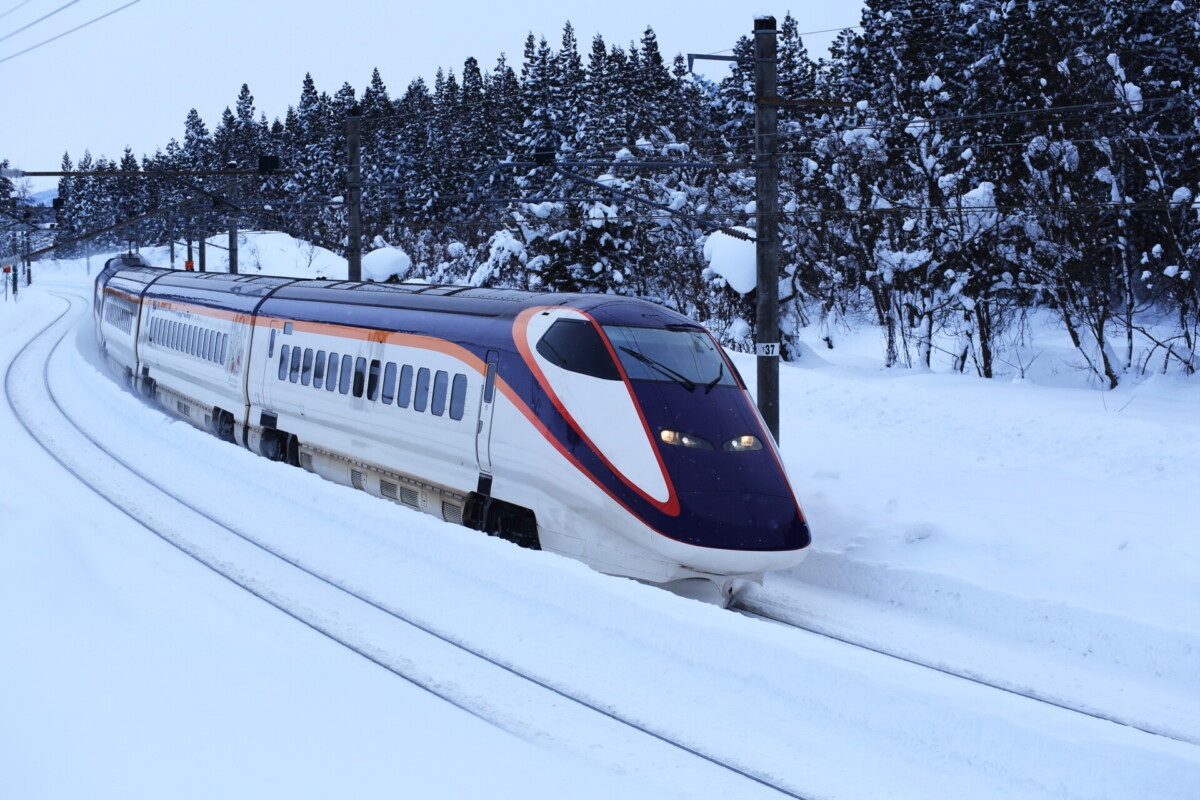
Why was the Yamagata Shinkansen "Tsubasa" born on the mini Shinkansen? [Yamagata Prefecture]
table of contents
- 1 What is the Yamagata Shinkansen "Tsubasa"?
- 2 The creator of the Yamagata Shinkansen
- 3 Obstacles and loopholes to the construction of the Yamagata Shinkansen
- 4 1992 Benihana National Athletic Meet
- 5 July 1992: Yamagata Shinkansen opens
- 6 Kaminoyama Onsen, the birthplace of the Yamagata Shinkansen
- 7 summary
The Yamagata Shinkansen, also known as "Tsubasa," is a direct train that runs between Tokyo Station and Yamagata Station and Shinjo Station in Yamagata Prefecture.
In this article, we'll explain why this train was created.
What is the Yamagata Shinkansen "Tsubasa"?
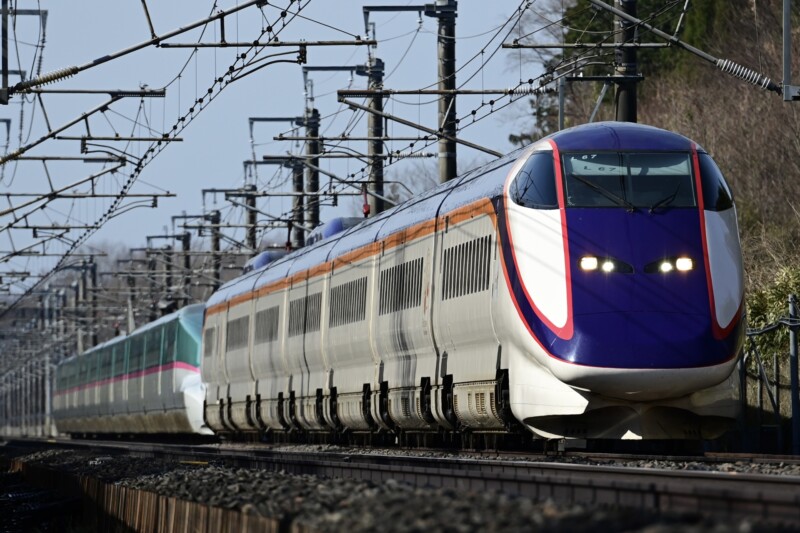
"Tsubasa" is a JR East Shinkansen/limited express train that mainly runs between Tokyo Station and Yamagata Station or Shinjo Station in Yamagata Prefecture without transfers.
The journey between Tokyo Station and Yamagata Station takes about 2 hours and 45 minutes, and the journey from Fukushima Station to Yamagata Station takes about 1 hour and 10 minutes.
The journey from Yamagata Station to Shinjo Station takes about 45 minutes to 1 hour.
run coupled with
"Yamabiko" trains between Tokyo Station and Fukushima Station "Yamabiko" trains mainly run between Tokyo Station and Sendai Station or Morioka Station.
The Tsubasa is also known as the Yamagata Shinkansen, but there is one big difference between the Tohoku Shinkansen and the Hokkaido Shinkansen, which run through the same prefectures in the Tohoku region.
It is called a mini-shinkansen there is no line anywhere in Japan whose official name is the "Yamagata Shinkansen." (
The same is true for the Akita Shinkansen, though this article does not cover this.)
So what kind of line does the Tsubasa run on?
The section from Tokyo Station to Fukushima Station is the Tohoku Shinkansen .
The Tohoku Shinkansen is a genuine Shinkansen (a line where trains can travel at speeds of over 200 km/h on the main section), and the current Tsubasa runs on the Tohoku Shinkansen section at a maximum speed of 300 km/h
(only if the train is the latest E8 series; the E3 series has a maximum speed of 275 km/h).
The official name of the section from Fukushima Station to Shinjo Station is the Ou Main Line .
It's sometimes called the Yamagata Shinkansen, but this section is a conventional line , meaning it's not a Shinkansen in the strict sense.
Because it's a conventional line, it can't travel at the same speeds as a regular Shinkansen.
The Tsubasa's maximum speed is limited to 130km/h, the same as a regular limited express train.
It also passes through railroad crossings that don't exist on regular Shinkansen trains.
While the Tsubasa can travel from Tokyo Station to Fukushima Station in about an hour and a half, it takes an hour to travel from Fukushima Station to Yamagata Station in the neighboring prefecture. This is because the train's speed drops significantly once it enters the Ou Main Line.
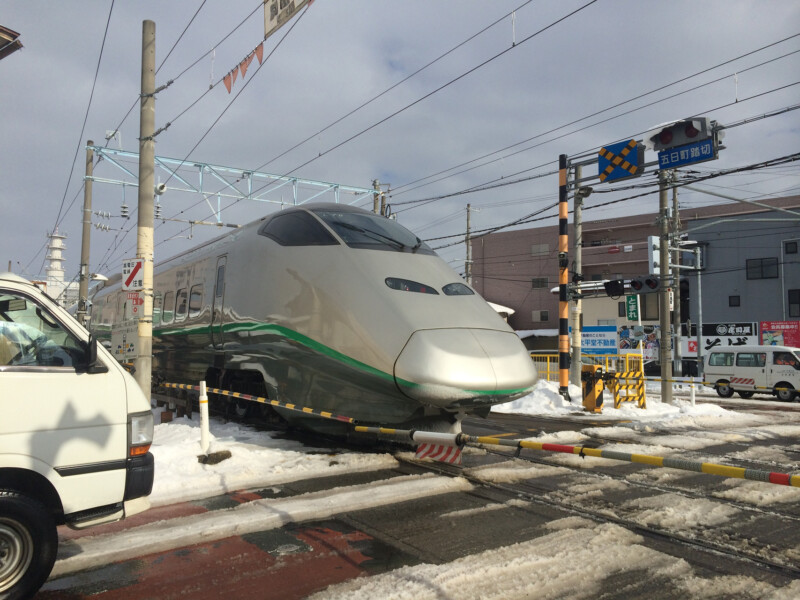
"Yamagata Shinkansen" is the common name for the combined section of the Tohoku Shinkansen between Tokyo Station and Fukushima Station and the Ou Main Line between Fukushima Station and Shinjo Station (sometimes referring to just the Ou Main Line section), as well as the name for the trains that run directly between these sections.
Trains like the Yamagata Shinkansen that run directly between Shinkansen and conventional lines are also called "mini-shinkansen."
Why did this mini Shinkansen come into being?
The creator of the Yamagata Shinkansen
There is a man who could be called the father of the Yamagata Shinkansen:
the late Shuichiro Yamanouchi, who joined Japan National Railways (JNR), the predecessor of JR, and served as vice president and chairman of JR East after its launch.
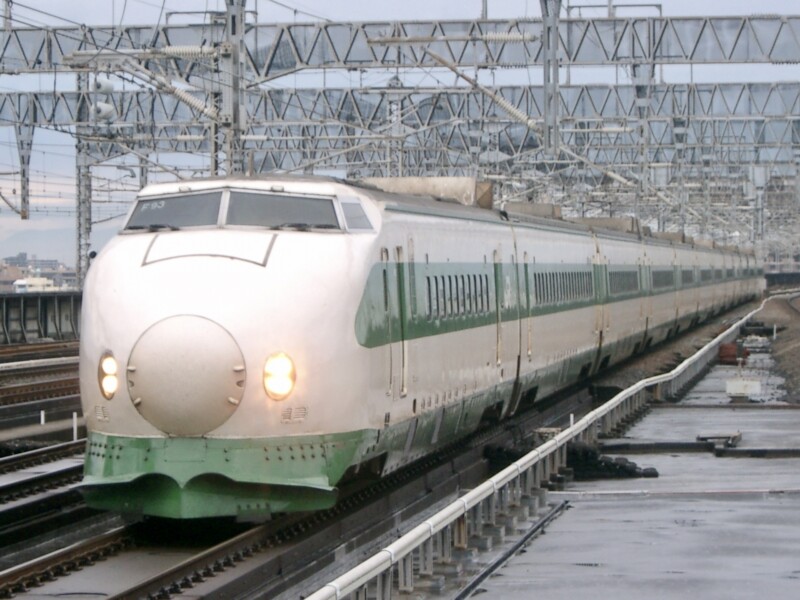
In 1982, the Tohoku Shinkansen (between Omiya Station and Morioka Station) and the Joetsu Shinkansen (between Omiya Station and Niigata Station) opened.
Mr. Yamanouchi, who was working as a senior official at the Japanese National Railways, saw the trains packed with skiers during the first winter after the Joetsu Shinkansen opened and realized the Shinkansen's ability to attract customers. He
thought, "If we run a Shinkansen to Yamagata, a mecca for skiing, we could attract many customers."
Obstacles and loopholes to the construction of the Yamagata Shinkansen
However, there was a major hurdle that had to be overcome before the Shinkansen could be built to Yamagata: the
" New Shinkansen Plan ."
This plan, created in the 1970s, defined the "New Shinkansen" lines to be prioritized for future construction in Japan. While
the Tohoku Shinkansen section from Morioka to Aomori and the Hokkaido Shinkansen were included in the New Shinkansen, the Yamagata line was not. It was
completely unrealistic to build a new Shinkansen line to Yamagata ahead of sections already approved for New Shinkansen construction.
In fact, when the JNR was struggling financially, even construction of new Shinkansen lines was frozen.
If we had waited for the New Shinkansen lines to be completed, there was no way to know
when the new Shinkansen line to Yamagata would be built In fact, more than 40 years after Yamanouchi first conceived the idea of a new Shinkansen line to Yamagata, the opening date for the entire New Shinkansen line remains unclear.
Reference: Railways: About Shinkansen Railways – Ministry of Land, Infrastructure, Transport
and Tourism (Among the Shinkansen lines under construction, the Hokkaido Shinkansen: between Shin-Hakodate-Hokuto Station and Sapporo, the Hokuriku Shinkansen: between Tsuruga Station and Osaka, and the Kyushu Shinkansen <West Kyushu Route>: between Fukuoka and Takeo Onsen Station are not yet in operation as of June 2024.)
However, Yamanouchi found a loophole here.
that
"a line on which Shinkansen trains can run but which can only run at speeds of less than 200 km/h is not a 'Shinkansen' The Shinkansen and the general conventional lines of the Japanese National Railways and JR have different gauges (the distance between two rails), but if the gauge of the conventional line is widened to match the Shinkansen, then a "line on which Shinkansen trains can only run at speeds of less than 200 km/h" will be born.
It is possible to run trains directly from existing Shinkansen lines on this conventional line that has simply had its gauge widened, without interfering with the Shinkansen expansion plan.
Thus, the idea for a mini-Shinkansen was born in Yamanouchi's mind.
Conventional railway lines cannot run at the same high speeds as the Shinkansen, so even if a mini-Shinkansen was created, it would not be possible to expect a significant increase in speed.
However, Shinkansen train running directly to conventional lines without having to transfer, and the ease of appeal to railway users, were important points.
Furthermore, the construction work required will only involve widening the gauge of the existing lines and making some improvements to make them easier to run at high speeds. Another
benefit is that the construction costs will be far cheaper than building a full-scale Shinkansen train from scratch that can run at speeds of over 200 km/h.
It seems that Yamanouchi's concept was also inspired by the TGV, a high-speed train that runs in France.
Unlike in Japan, high-speed railways in Europe use the same gauge for conventional lines and dedicated lines that can run at high speeds.
This is why direct service between conventional lines and dedicated lines for high-speed trains is common.
Yamanouchi proposed the mini-shinkansen concept within the Japanese National Railways, but at first no one took him seriously.
So he spoke to a senior JNR official who had attended the same elementary school as him, and he was told, "That sounds interesting, let's study it together."
However, although the idea was being considered within the JNR, they had no idea how to turn it into a reality. It
was Yamagata Prefecture that came to their rescue.
1992 Benihana National Athletic Meet
In 1981, it was decided that Yamagata Prefecture would host an important event.
This was the 47th National Athletic Meet, or Benihana National Sports Festival, held in 1992.
To accommodate this event, Yamagata Prefecture needed to develop a transportation system to access the prefecture.
The need to develop Yamagata Prefecture's transportation system perfectly matched with Yamanouchi's vision of running a Shinkansen to Yamagata.
With the enthusiasm of prominent local politicians, the Yamagata Shinkansen plan, which would see Shinkansen trains run from Fukushima Station on the Tohoku Shinkansen line to the Ou Main Line, was well on its way to becoming a reality.
July 1992: Yamagata Shinkansen opens

Author : spaceaero2 – Own work, CC BY-SA 3.0,
https://commons.wikimedia.org/w/index.php?curid=7808984
On July 1, 1992, five years after the launch of JR, the Yamagata Shinkansen finally opened, and the Tsubasa began running between Tokyo Station and Yamagata Station.
At the time of its opening, the trains were six-car 400 series electric trains developed specifically for the Yamagata Shinkansen.
Existing Shinkansen trains were too large to run on the conventional Ou Main Line, so smaller, dedicated trains were needed.
I (then an elementary school student) had the opportunity to ride the line with my father, who is from Fukushima Prefecture, when it first opened.
Just as Yamanouchi envisioned, the impact of a mini-shinkansen bullet train running directly from Tokyo to Yamagata was significant, and the Tsubasa quickly became a popular train.
Just three years after its opening, one more car was added to the train, bringing it to a seven-car formation.
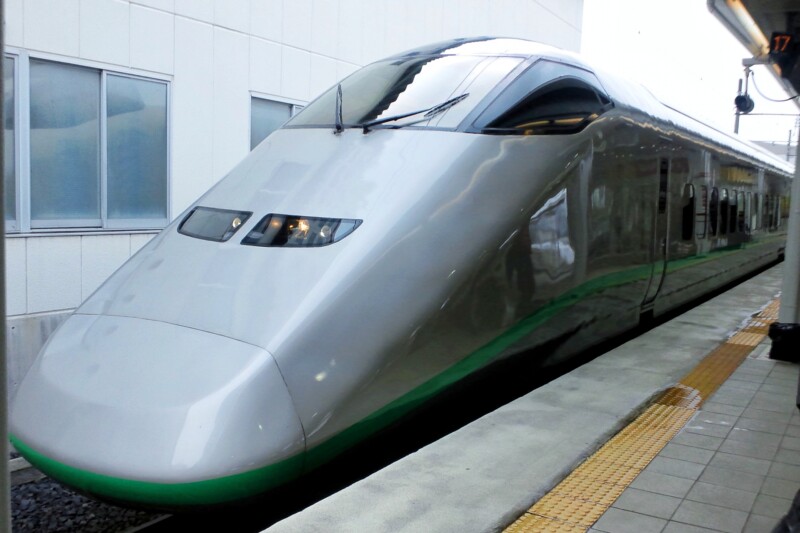
On December 4, 1999, the Yamagata Shinkansen was extended to Shinjo Station, and some Tsubasa trains began operating only to Shinjo Station.
As the number of carriages required increased, new carriages, the E3 series 1000 series, were introduced.

the "E3 Series 2000" was introduced
to replace the 400 Series that had been in service since the line's opening The E3 Series 2000 has some slight differences from the E3 Series 1000, such as the shape of the headlights, and some seats are equipped with power outlets
(though I once had the bitter experience of leaving my charger plugged into one of these outlets while getting off the train).
The E3 Series 2000 was introduced one after another, and the 400 Series ceased commercial operation in April 2010.

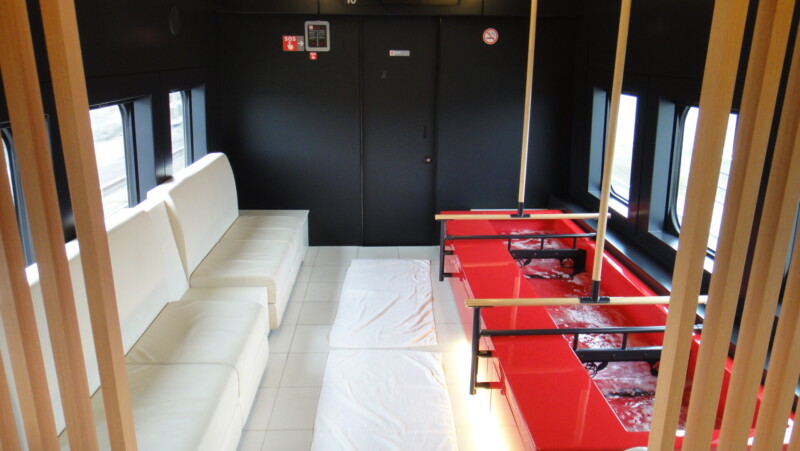
Credit: © DAJF / Wikimedia Commons, CC BY-SA 4.0
, https://commons.wikimedia.org/w/index.php?curid=38954889
From 2014 to 2022, a tourist train operated mainly on the Ou Main Line. It
was called
"Toreiyu Tsubasa." It was a modified version of the "E3 Series 0" used on the Akita Shinkansen, called the "E3 Series 700," and its main feature was the inclusion of a foot bath
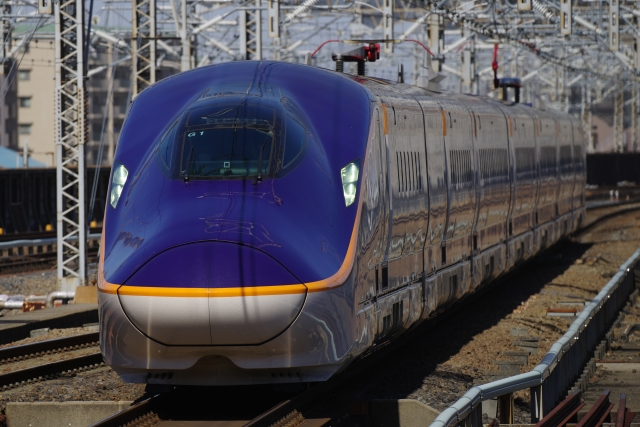
The latest model, the E8 series, will be introduced in March 2024.
The E3 series 1000 series, which was a minority, will cease operation and be replaced by the E8 series.
In the future, the E3 series 2000 series will also be replaced by the E8 series.
The E8 series has increased its maximum speed on the Tohoku Shinkansen line from 275 km/h to 300 km/h.
In addition, on-board services have been improved, including the installation of power outlets at all seats and the addition of more wheelchair spaces.
Kaminoyama Onsen, the birthplace of the Yamagata Shinkansen
One of the reasons for Yamanouchi's strong interest in Yamagata is that he evacuated to Kaminoyama (Kaminoyama) Onsen in Yamagata Prefecture during the war.
Even after the Tohoku Shinkansen opened, Yamanouchi tried to visit Kaminoyama Onsen again with his former evacuee friends.
However, despite being businessmen working at the forefront of their fields, none of his former evacuee friends knew about the existence of the express train on the Ou Main Line that ran from Fukushima Station to Kaminoyama Onsen .
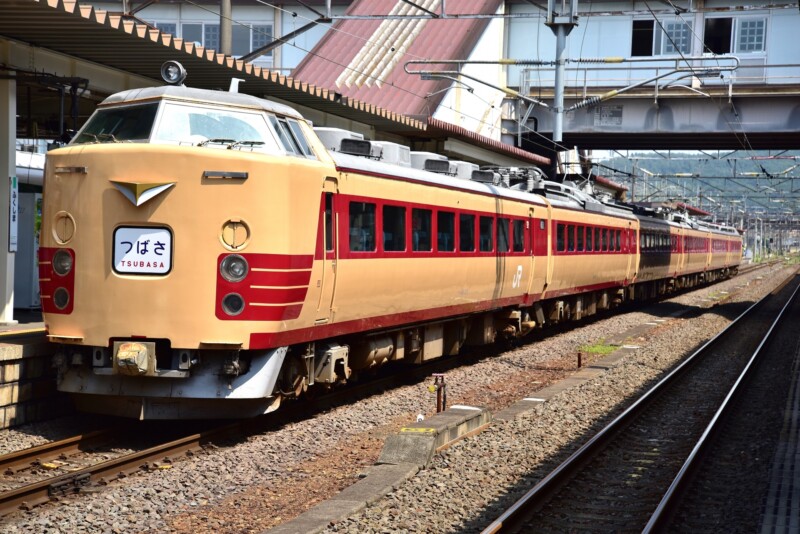
In his book, Yamanouchi writes that it was a new discovery for him to discover that local railways other than the Shinkansen are virtually non-existent among ordinary people living in Tokyo.
This experience may have also been what inspired him to come up with the idea of running the Shinkansen to Yamagata.
In any case, Kaminoyama Onsen is a place associated with the creator of "Tsubasa."
The Yamagata Shinkansen "Tsubasa" also has a train that stops at "Kaminoyama Onsen Station"
(note that before the Yamagata Shinkansen opened in 1992, the station was called "Kaminoyama Station").
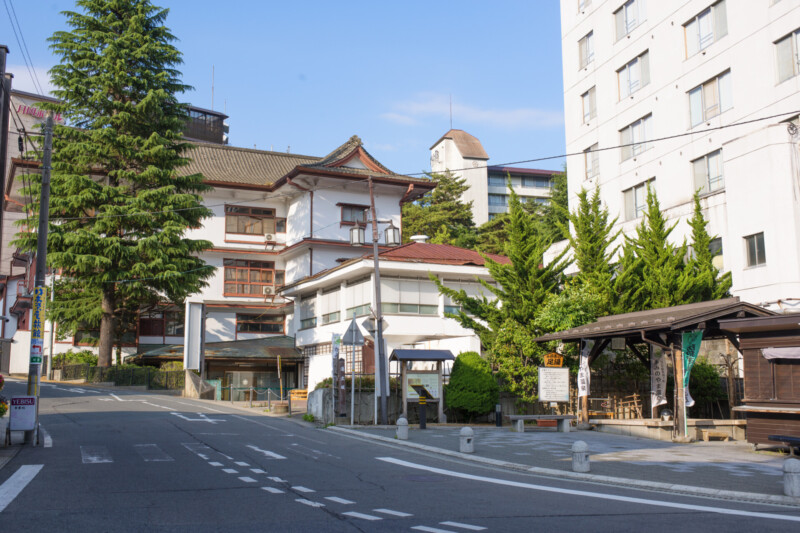
Kaminoyama Onsen was first discovered in 1458, when a traveling monk discovered that the hot springs were healing his wounds.
During the Edo period, Kaminoyama Castle and the Kaminoyama Domain were located here, and the area flourished as both a hot spring resort and castle town. The area
also developed as a post town, as the Ushu Kaido road passed through it.
- is considered
rare nationwide This is a place where you can enjoy bathing in the hot springs while walking around the historic streets in a yukata.
There are also eight walking courses set up in five locations, and the area is known as a health resort where you can improve your health through walking and hot springs
The Tsubasa train, which stops at Kaminoyama Onsen Station, runs about once per hour.
Why not consider Kaminoyama Onsen as a possible destination for your trip?
Information
- Name: Kaminoyama Onsen
- Location: Kaminoyama City, Yamagata Prefecture
- Inquiry number: 023-672-0839 (Kaminoyama City Tourism and Products Association)
- Web1 Kamiyama Rhapsody
- Web2 Kaminoyama Onsen | Tourist Spots (Kaminoyama City and Murayama Region) | Travel to Yamagata – Yamagata Prefecture's Official Tourism and Travel Information Site
Google MAP
summary
The Yamagata Shinkansen's "Tsubasa" not only transports many people by running directly from the Tokyo metropolitan area to Yamagata, but made
a significant contribution to promoting the existence of Yamagata When the Yamagata Shinkansen first opened, a senior official from Yamagata Prefecture told its creator, Mr. Yamanouchi, "The thing I'm most grateful for is that 'Yamagata Shinkansen Tsubasa' is always announced at Tokyo Station at regular intervals."
The "Tsubasa" will continue to play a major role in transport, connecting the Kanto region, Fukushima Prefecture, and Yamagata Prefecture.


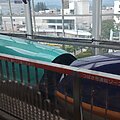
![From diesel express trains to bullet trains... The path of Tsubasa [Akita Prefecture and Yamagata Prefecture] 22566129_m](https://jp.neft.asia/wp-content/uploads/2024/06/22566129_m-150x150.jpg)
![Work to expand Yamagata Shinkansen approach line at Fukushima Station [Fukushima Prefecture] DSC_2592](https://jp.neft.asia/wp-content/uploads/2024/09/DSC_2592-150x150.jpg)
![Railways at Itaya Pass, which took on steep slopes and harsh climates [Fukushima Prefecture and Yamagata Prefecture] 26554002_l](https://jp.neft.asia/wp-content/uploads/2024/07/26554002_l-150x150.jpg)
![For some reason, do they have a lot of unusual names? Station names on the Ou Main Line [Fukushima, Yamagata, Akita] 27651763_L](https://jp.neft.asia/wp-content/uploads/2024/05/27651763_l-150x150.jpg)
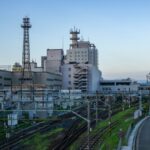
!["Mogami safflower" certified as a Japanese heritage and Japanese agricultural heritage [Yamagata Prefecture] Mogami safflower](https://jp.neft.asia/wp-content/uploads/2022/12/30121446_m-1-150x150.jpg)

